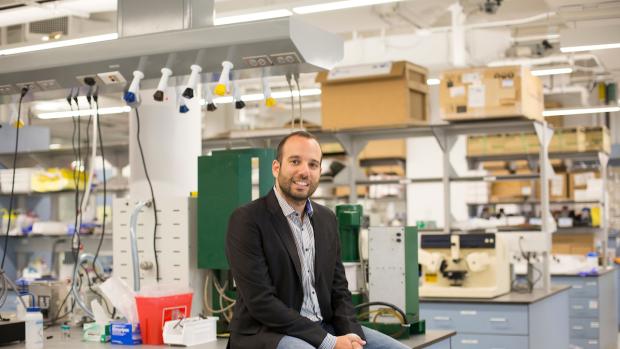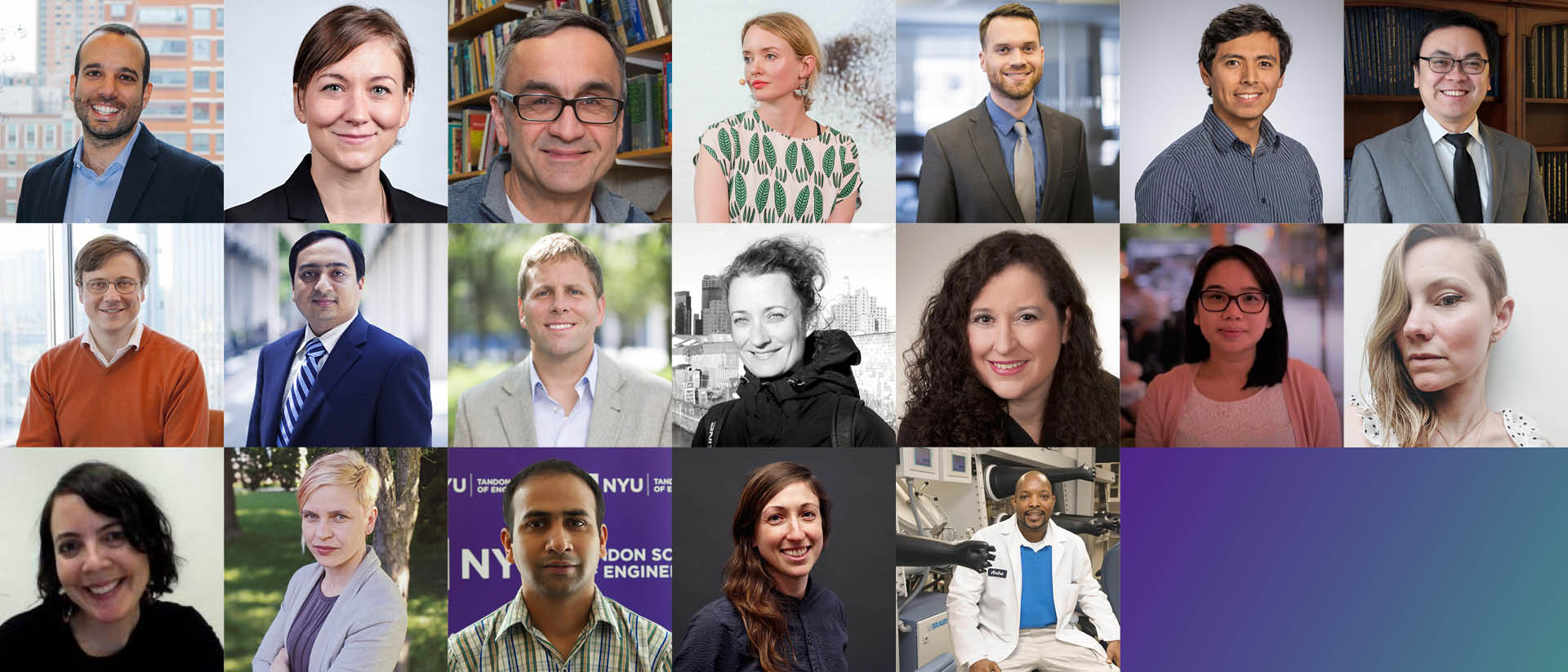Avoidance, Mitigation, Remediation, and Adaptation: The keys to tackling climate change and environmental contamination
Novel sustainable engineering initiative at NYU Tandon takes a four-pronged approach.

Director of the sustainable engineering initiative Miguel Modestino.
Assistant Professor of Chemical and Biomolecular Engineering Miguel Modestino arrived at NYU Tandon in 2017 and immediately began making an impact on his students, colleagues, and field—winning an NSF CAREER Award for his work in advancing organic electrosynthesis; mentoring a Ph.D. candidate who became Global Student Entrepreneur of the Year after Sunthetics, the company she launched in collaboration with him, to develop a way of using water, plant waste, and solar energy, instead of fossil fuel, to manufacture nylon; and helping spearhead a multi-institution effort to help the U.S. chemical industry migrate from thermal-based manufacturing processes to electricity-based ones.
Now, he’s taking on a new challenge: Modestino has been named the director of a new sustainable engineering initiative at NYU Tandon, which is devoted to developing comprehensive and tangible engineering methods of addressing the vast array of environmental challenges now facing the world. The initiative’s researchers, who include faculty across multiple departments, will be focused on a framework they call AMRAd: avoiding emissions and pollutants whenever possible; mitigating them when total avoidance isn’t possible; remediating in cases where mitigation is insufficient, such as when dealing with situations that developed before 1970s-era environmental protections were put into place; and, finally, developing engineering adaptations to situations beyond human control, such as when localized flooding occurs, almost inevitably carrying contaminants.
Modestino and the other researchers involved will be applying the framework to a variety of areas, such as clean transportation, industrial decarbonization, efficient and resilient power grids, disaster risk analysis, environmental justice, and others. This initiative is a direct result of Dean Jelena Kovačević’s strategic plan, which focuses on areas of research rather than siloed departments.
Modestino is joined in the initiative by 18 other researchers, spanning departments and centers across the school:

“In a perfect zero-emission world, we’d be able to simply avoid environmental problems,” Modestino says, explaining the impetus behind the sustainable engineering initiative. “We’re obviously not there yet. Sometimes that’s because the technology available is unaffordable or inefficient. Sometimes the needed technology has just not yet been developed. Of course, we’re working on it, but in the meantime, that’s where mitigation, remediation, and adaptation come in. We will make every effort to coordinate and accelerate solutions to climate change and environmental contamination until one day, hopefully, we’ve rendered our own initiative obsolete.”

